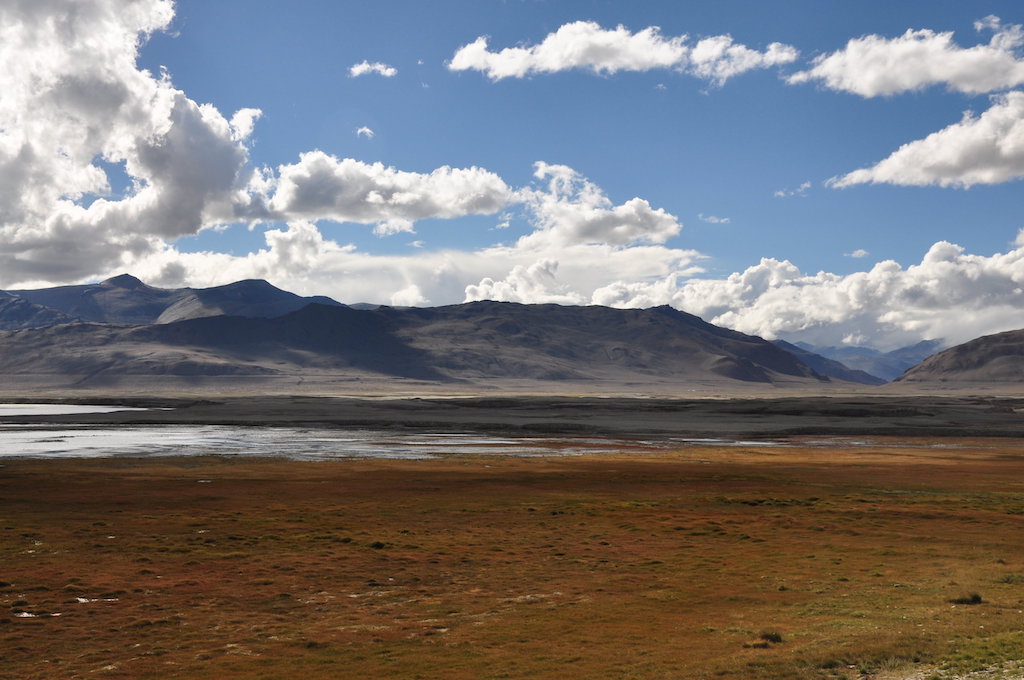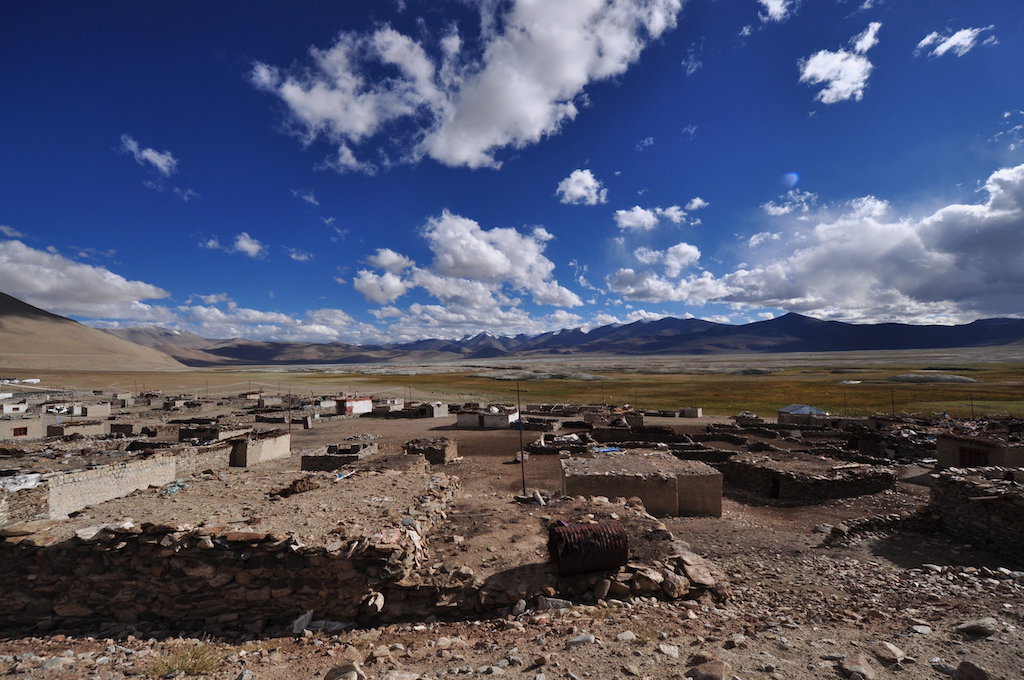Combine APS-C and full frame cameras
Do you need more than one camera?
Even if you are an amateur photographer there are many good reasons to have more than one camera. I suggest to have a bit of diversity and consider using APS-C and full frame cameras.
Why more than one?
That is a good question. If you are a professional photographer then there will certainly be need for spares and redundancy. After all you earn your money with taking pictures and you need as many as you need.
As an amateur photographer if you are interested in prime or specialized lenses you will often come to situations that you will have the wrong lens on your camera. Of course you can change your lens, but then you often have to do that again and again. Carrying two bodies with complementary lenses can save you this. One zoom, one wide angle for example. The obvious problem is how much weight are you willing to carry around with you?.
Photography is supposed to be fun, and everyone can have their own preferences. You could always advocate to use a single universal zoom, or only concentrate on making the best of whatever lens you are carrying. One alternative is to carry two bodies. I do all of that at different times.
Why mix APS-C and full frame?
The simple reason is that, adding a full frame body when you have an APS-C changes a bit the character of your lenses. The 35mm on your APS-C will have almost the same field of view of a 50mm on your full frame camera. There is a 1.5x factor in the field of view between an APS-C and a full frame camera. Because the sensor is smaller, only a smaller portion of the image will be projected on the APS-C sensor, so it will look as if you have longer lens. Instead of owning two lenses, you can just have one, and use it on a different body.
If you want to go down this way, make sure not to invest in APS-C only lenses from the beginning, as these lenses will not give you this bonus on a full frame camera.
I took the following three pictures in Ladakh in 2014 with the Nikon D90 shortly after each other. It is a good example what happens if you have too many lenses and one body. I went Nikon 18-105, Nikon 70-300 and Nikon 10-24 within 15 shots.
Did I need to change the lenses so often, or did I miss something magical because I was spending time changing lenses. Not really, but still I ended up carrying two bodies with complementary lenses after this.
These pages are for Amateur Photographers and not really for seasoned photographers and professionals. I have no affiliation or commercial interest with any brand/make. I write from my own experience. I ended up using mainly Nikon, so I am more familiar with this brand than others. See price for notes on pricing as well as photography related links.


